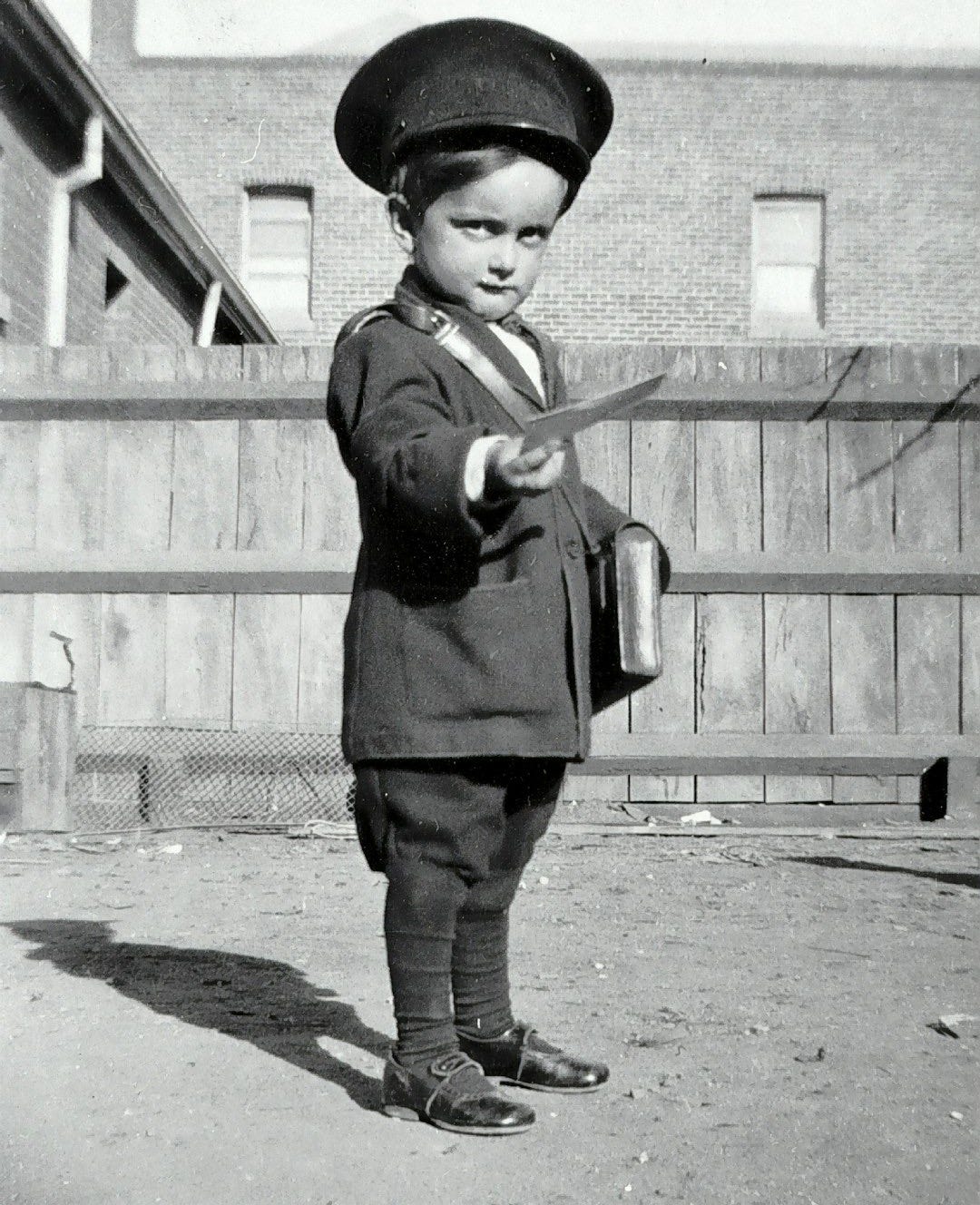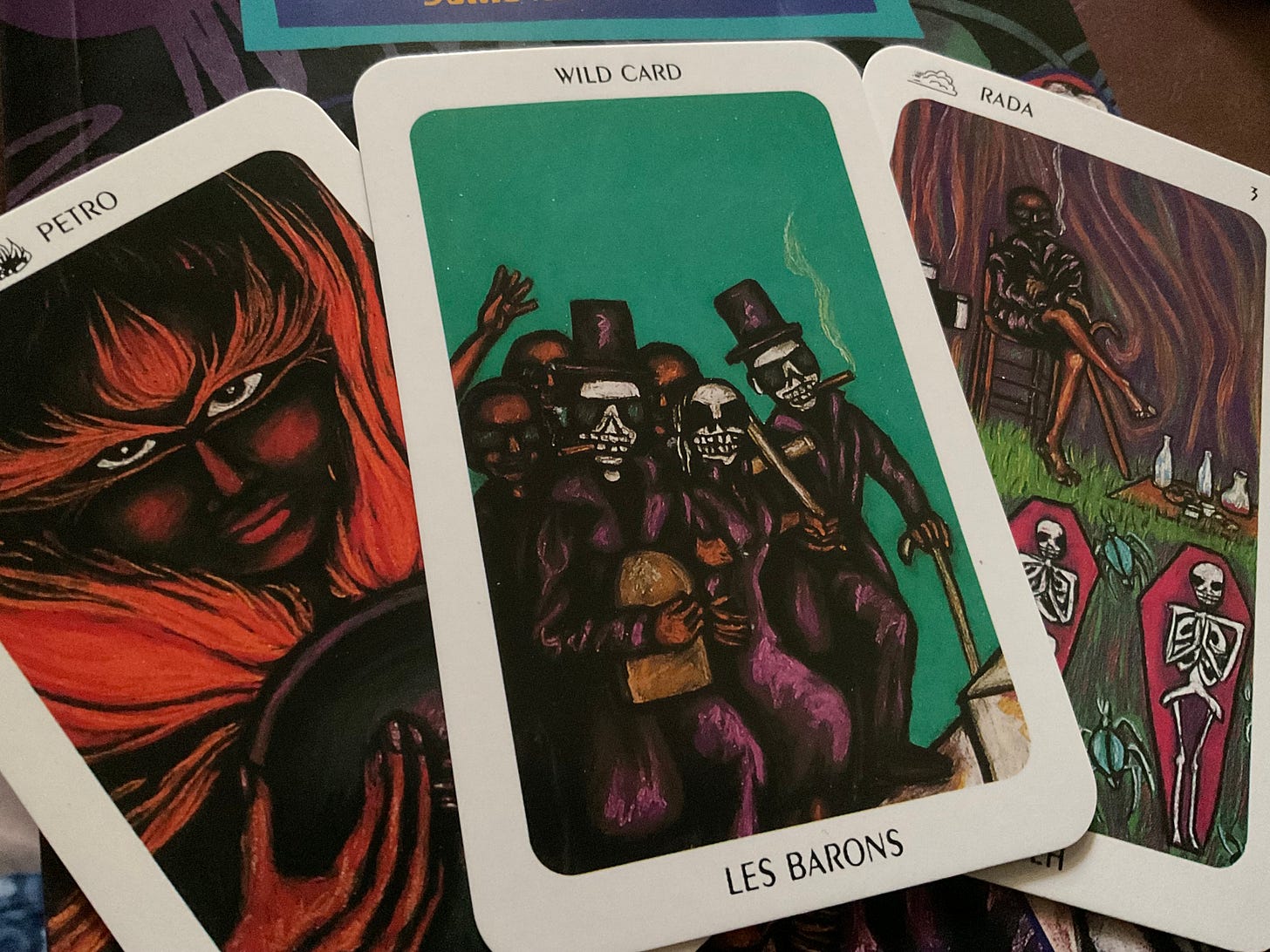
In 2024, I wrote three reading lists for Longreads.
Upon publication, I got happy mails from friends and strangers. I found the lists discussed on forums. I found their sentences on Merriam-Webster under Recent Examples on the Web (programmatically selected and continually rolled over for fresh examples, but hey, nothing like seeing your sentences in the dictionary to make you pay close attention to what you write). But best of all, the lists were so much fun to write.
Here I get to work with the reading list as a form in itself as well as a longform piece of writing—with an essay-style introduction and a meaningful curation of longreads on the topic, each with its own mini-run-up. Also, “explore obsessions and fall into rabbit holes” is an invitation I cannot resist.
My thanks to my wonderful editor Krista Stevens who makes the work better. Thanks also to excellent copyeditor Cheri Lucas Rowlands.
Click the titles below to read them in full on Longreads. More coming in 2025!
One Thing After Another: A Reading List for Lovers & Makers of Lists
Image: A visual list of the Suryanamaskara sequence I once made for my students. Illustration © Kanya Kanchana
Excerpt 1
As freshly minted adults in Bangalore with a bit of cash to spare, we bought books. We rooted among the used piles at Blossom Book House by day, haunted Petromax-lit roadside tarp shops by night, and scoured the infant internet for information by dial-up. I came upon a 1942 essay by Borges. He said, of a certain Chinese encyclopedia entitled Celestial Empire of Benevolent Knowledge: “In its remote pages it is written that the animals are divided into: (a) belonging to the emperor, (b) embalmed, (c) tame, (d) suckling pigs, (e) sirens, (f) fabulous, (g) stray dogs, (h) included in the present classification, (i) frenzied, (j) innumerable, (k) drawn with a very fine camelhair brush, (l) et cetera, (m) having just broken the water pitcher, (n) that from a long way off look like flies.”
A difficult and delightful outsider finally vindicated my love for lists. I was smitten.
Excerpt 2
We all make lists, if only to buy bread and milk. But we tend to forget how mythic and subversive, joyful and maddening, enchanting and sobering, and utterly chilling lists can be—and what they can do. To love a list is to partake in letter and word, form and change. To make lists is to join a long line of list makers, to indulge in a timeless art, to break down the artificial wall that separates thinking and doing, thinkers and doers.
Untold Fortunes: A Reading List on the Creative Uses of the Tarot
Image: The Les Barons card from my New Orleans deck. Photo © Kanya Kanchana
Excerpt 1
“You must not talk about the future. The future is a con. The tarot is a language that talks about the present. If you use it to see the future, you become a conman,” says Alejandro Jodorowsky, maker of cult films El Topo, The Holy Mountain, Santa Sangre, and the unmade psychedelic Dune; writer of the legendary graphic novel series The Incal; and practitioner of the tarot.
When the story opens in the dystopian world of The Incal, our hero John Difool, holder of a Class R private detective’s license, has been beaten up by a masked gang in Suicide Alley and is falling headlong into an acid lake. Difool and Deepo, his pet concrete seagull, are versions of The Fool and his dog from the tarot. Characters across the galaxy, several fashioned after other cards, converge around the Incal, an ancient artifact of untold power and beauty. The game “begins here, not with a bang, but a whimper.”
Excerpt 2
I hold the old New Orleans deck in my hands. It has a perfectly satisfying aspect ratio. The syncretic vodun artwork is stunning. All decks have 78 cards, 22 of which comprise the Major Arcana. This deck has one extra, a wild card called Les Barons. Top-hatted, dark-glassed, cigar-smoking Baron Samedi and Baron Cimetière walk up some stairs with Manman Brigitte (to the French Quarter Police Station, I’m told). All grinning skeletons wearing long coats and carrying the respective accoutrements of their works—a curved walking stick, a headstone, a cross—they make me smile. Eros and Thanatos, awful without a few laughs. I shuffle the cards, a rustling hush. I hear the Sanskrit root śam that says pacifying, extinguishing; the root śi that says sharpening, focusing. If it’s all a game anyway, wouldn’t you like a deck of cards?
In Living Color: A Prismatic Reading List on Pigment, Paint, and Perception
Image: If you go to a traditional tea shop in Kerala, chances are you’ll first get a glass of lovely pink hot water. The ruby comes from thirst-quenching patimukham—sappan heartwood, Biancaea (earlier Caesalpinia) sappan. Other pink-red waters include karingali, from khadira, Acacia catechu and padmaka, Prunus cerasoides. Photo © Kanya Kanchana
Excerpt 1
March 1832. Aboard the HMS Beagle in fair weather, Charles Darwin consulted a small guidebook from his pocket. “I had been struck by the beautiful colour of the sea when seen through the chinks of a straw hat,” he wrote in his zoological notebook. “Indigo with a little Azure blue,” he noted the color of the sea, and “Berlin with little Ultra marine,” the color of the sky, “with some cirro cumili scattered about.” A blue day.
Excerpt 2
At my writing desk, I run my finger along the tiny glass vials into which I have decanted a dozen oils and potions—root and bark, leaf and flower, fruit and seed—just so I can look at them in the light. I shall make beetroot for lunch, I think, and wash drawing paper in the purple juice. Or perhaps tip a generous green palette into white—bruise spinach with green chilies and curry leaves in coconut oil; crush raw mango with coconut for a chutney; dust some basmati in powder of moringa. “To work magic, to put enchantments upon others, one has first to put enchantments on oneself,” writes Indologist and art historian Heinrich Zimmer. I must color myself so I can soak you in some.
#longreads #longform #essay #readinglist






